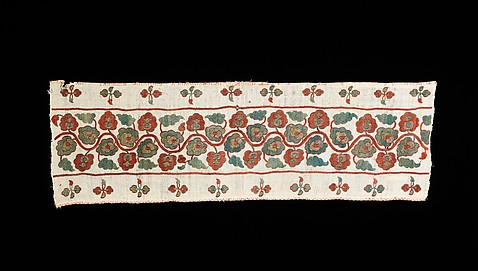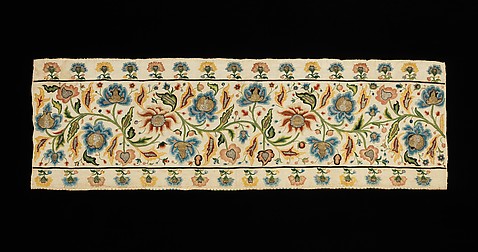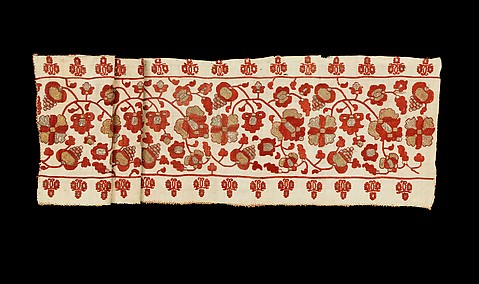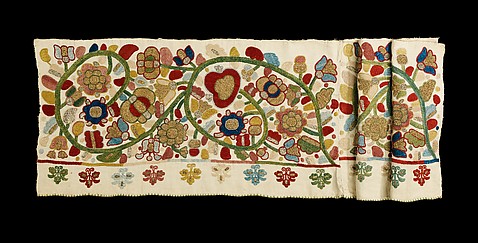Search / All Results
229 results for ukraine embroidery


Essay
The Materials and Techniques of English Embroidery of the Late Tudor and Stuart Eras
June 1, 2010
By Cristina Balloffet Carr



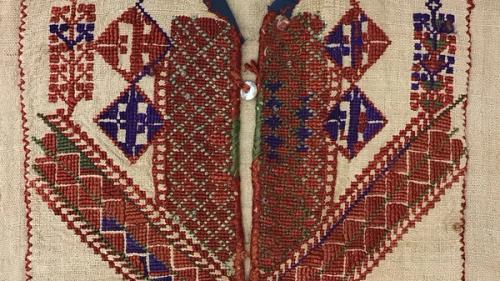

editorial
Conserving the Saint Martin Series: Technical Analysis of Fifteenth-Century Embroideries
May 11, 2015
By Giulia Chiostrini

